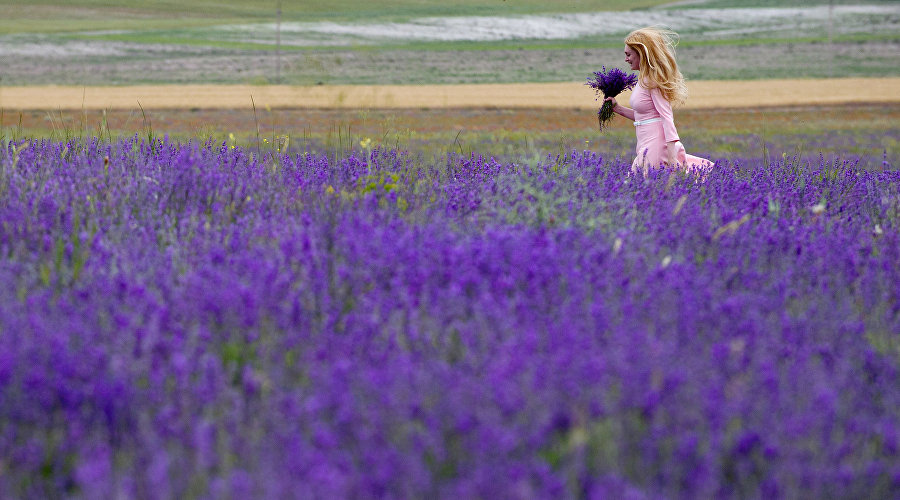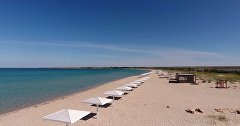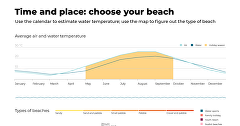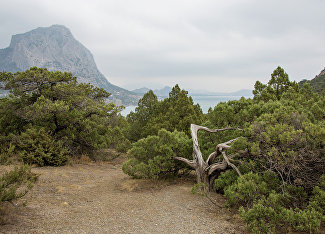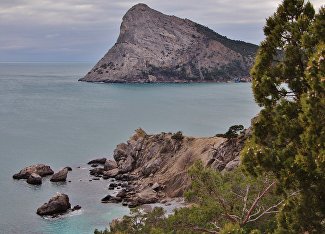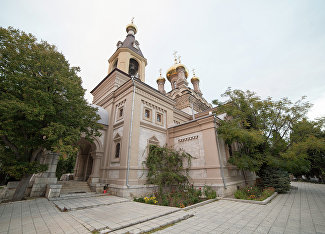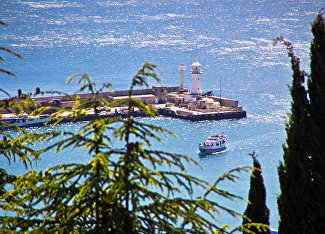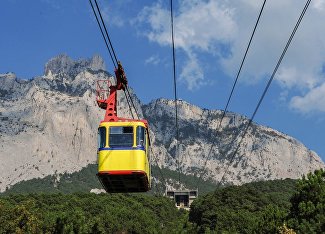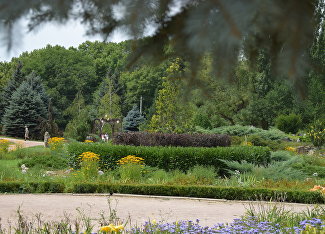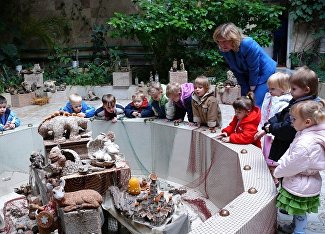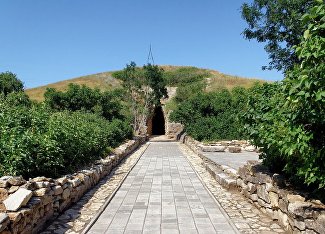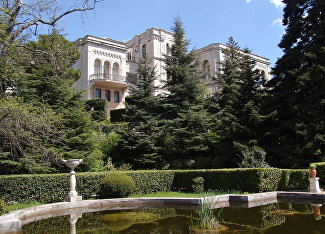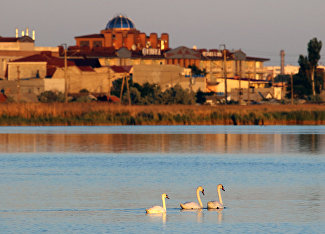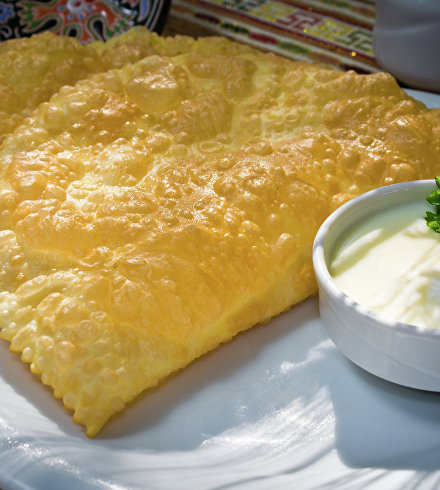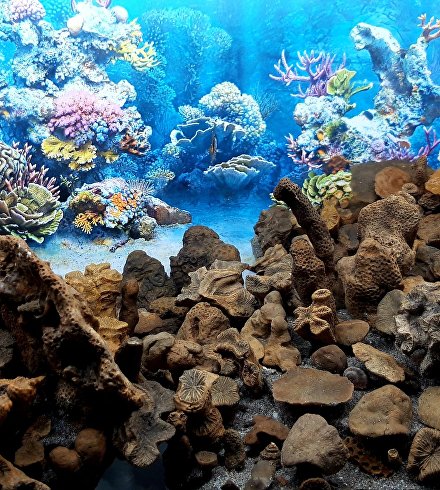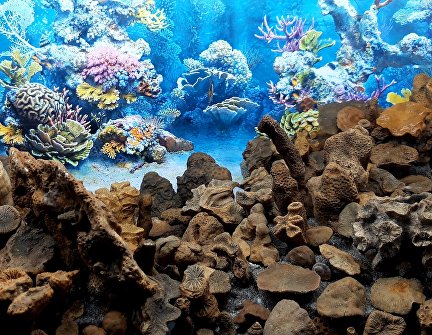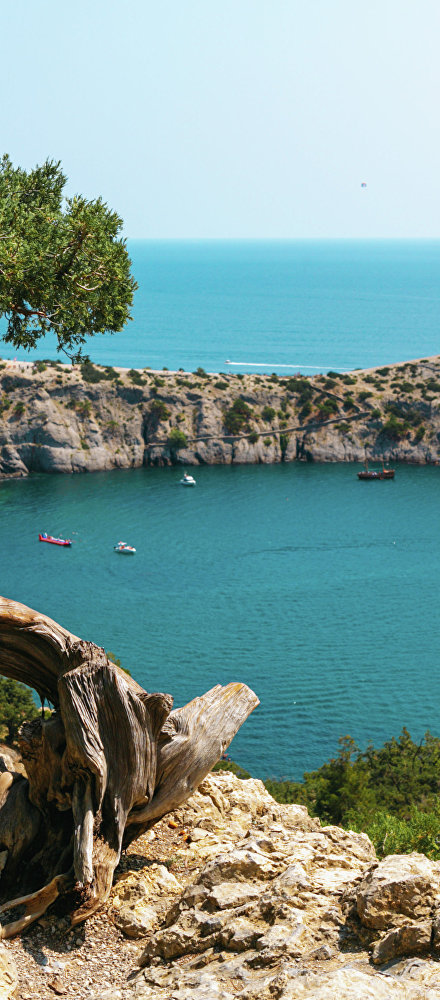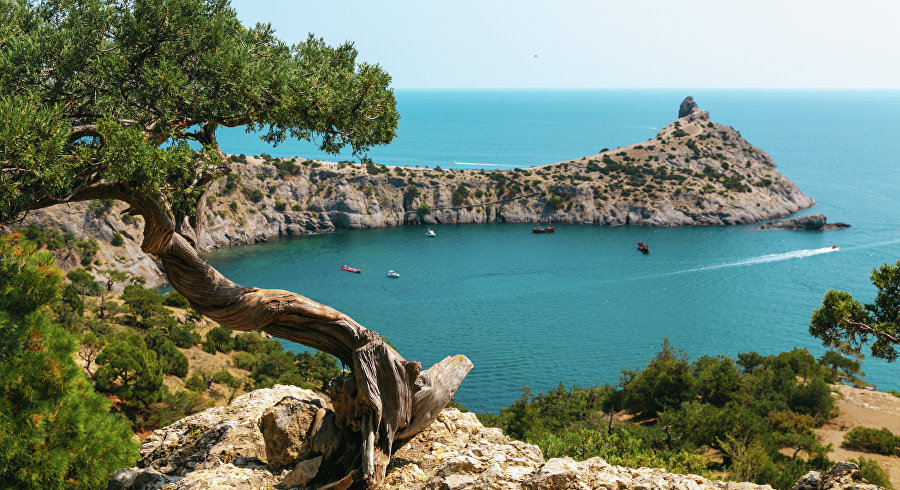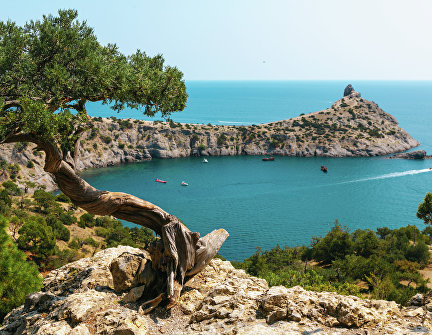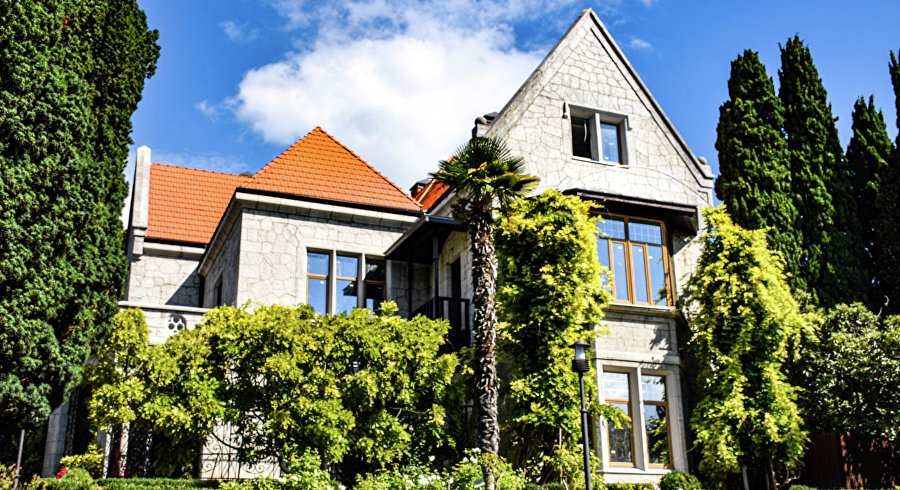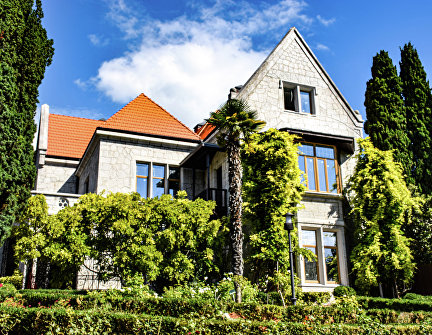The effect of the climate and nature acts like a tonic to a body worn out by stress and illness. Methods of climatotherapy are based on the combination of naturally curative resources like the sun, sea, air, plants, muds and mineral sources.
Crimea is divided into three zones based on the kind of climatotherapy they are known for: the southern coast, coastal steppe and mountainous forested areas. In addition, specialists subdivide the coastal steppe into western and eastern.
Apart from terrain, they differ in the number of sunny days, average annual temperatures, air circulation, the duration of the beach season, and the presence of mineral water sources, medicinal muds and lake brine. Even the dominant flora varies in different parts of Crimea, determining their value for treatment and health restoration.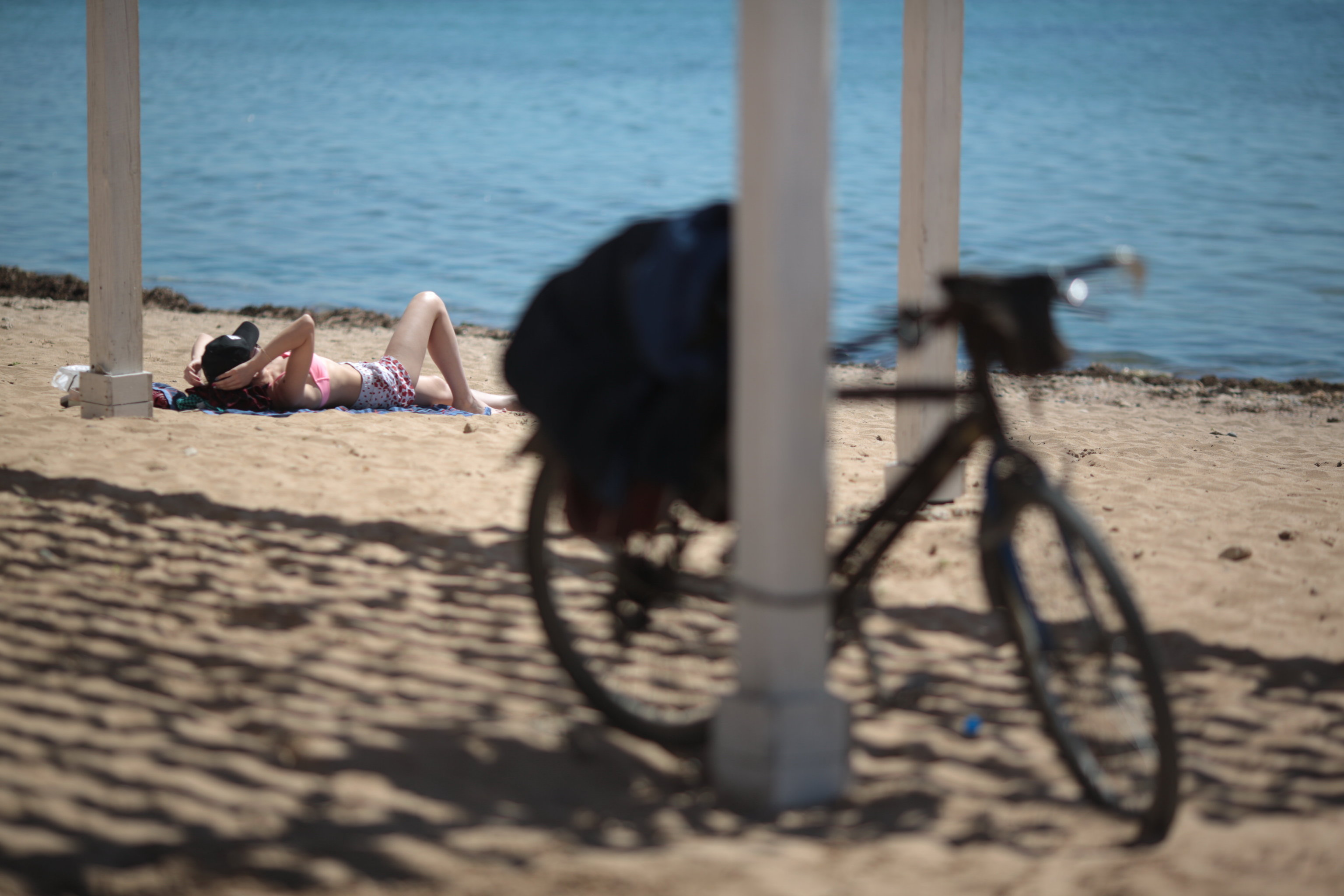
Crimea's main climatic resource is sunlight, with over 200 days per year for heliotherapy, or dosed sun bathing. The western coast of Crimea has the most hours of sunlight per year at over 2,400 hours. The southeastern coast receives a little less sunlight at about 2,300 hours per year. The northeastern coast, including the Kerch Peninsula, gets 1,790 hours of sunlight per year.
The southern coast of Crimea receives the least sunlight at 1,775 hours. This distribution of sunlight is linked with the diverse terrain of Crimea: the main ridge of the Crimean Mountains is an insurmountable obstacle for the setting sun and it is only possible to watch the sun set over the sea from the western coast.
At the same time, mountain ridges in the northeastern part of Crimea and beyond prevent the area from receiving the sun's rays at times, whereas the western coast enjoys the whole range — from ultraviolet to infrared. Each part of the spectrum has different benefits: infrared for blood flow and metabolic regulation; ultraviolet for increasing protein levels and enzyme activity; visible for skin respiration and the production of vitamin D that facilitates the uptake of calcium and regulates blood formation. Like any treatment, heliotherapy is recommended for some and not for others. Excessive time in the sun during the day may result in sunburn or aggravate certain conditions, for example.
Sun bathing on the sea coast increases the amount of sun rays received, because they are reflected by the water surface as well. Unencumbered by excessive clothing, the skin starts to breathe, removing toxins from the body and enriching it with oxygen. Additional benefits come from the iodine-ozone sea cocktail mixed with the abundant bromine and magnesium ions in the sea air, which is best to imbibe it during a storm when the air is saturated with drops of seawater and the mucosal system is naturally moisturised. Naturally, the respiratory system is activated and hemoglobin levels go up. Sleeping by the sea has the greatest health benefits and can overcome even the worst insomnia. The sound of the waves lulls the mind until breath and heartbeat become one with the lapping of the waves. The nervous system relaxes, blood pressure goes down, and the lungs and bronchi receive the benefits of hours of deep inhalation.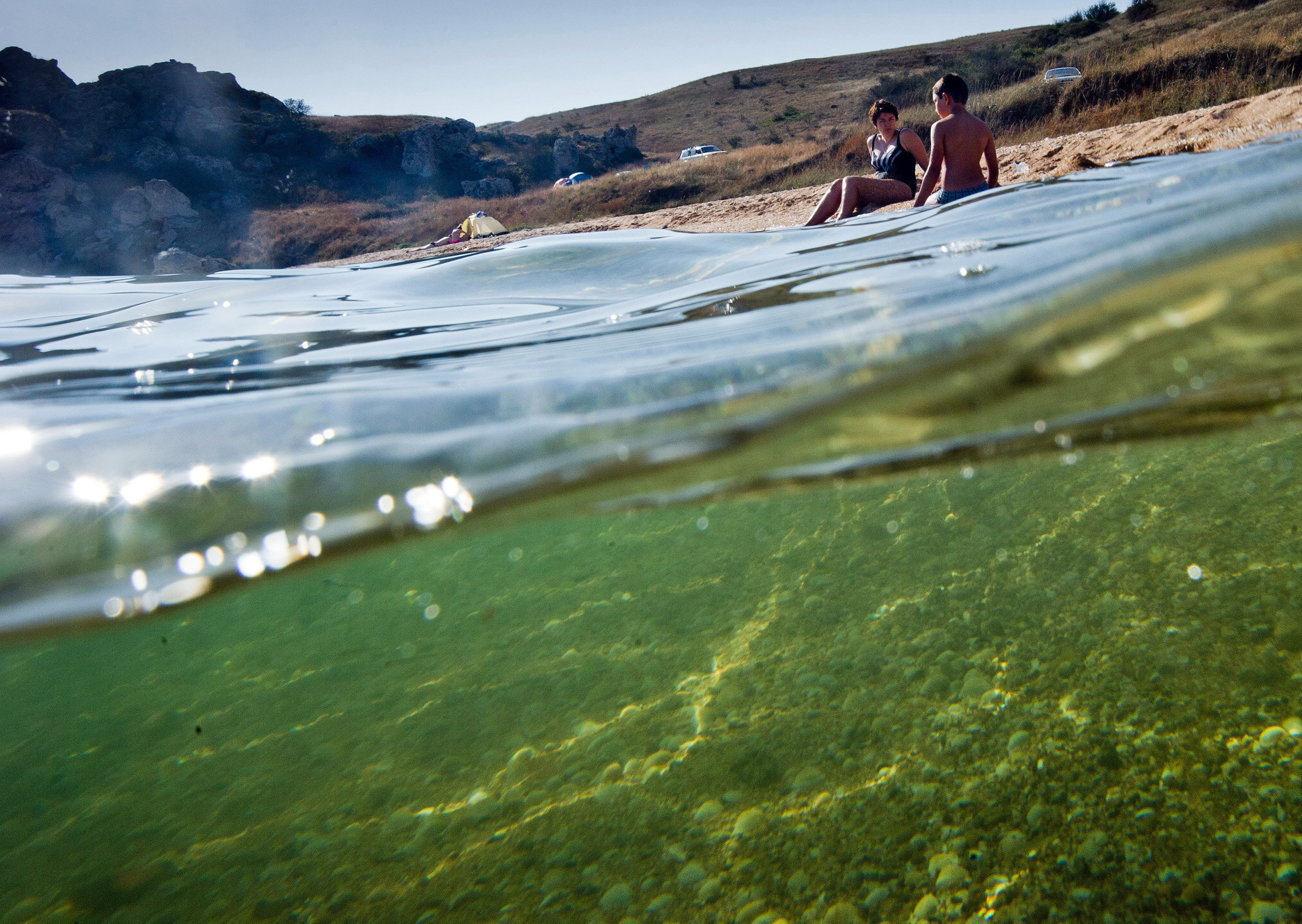
The sea and the sun are allies and partners in climatotherapy. Seawater is similar to human blood in chemical composition, so for most of us diving into the sea feels like a homecoming. Moreover, seawater contains microelements, bio-stimulators, vitamins, hormones and salts that we lack, which have a restorative effect as they penetrate our skin. Other benefits of sea bathing include the positive impact of temperature, the natural massage of the currents, stimulation of all muscle groups and aeration of the lungs. It is important to know your limits, however, and to remember that you are losing heat and not to let body temperature dip too low.
The hot sand or pebbles on the beach are also elements of climatotherapy. Hot sand is used to warm up muscles and joints on the western and eastern coasts of Crimea, while the sun-warmed stones of the southern coast are used in hot stone massage. In both cases, the body benefits from the combined thermal, mechanical and mineralogical effect.
The benefits of these procedures naturally depend on the health of the individual, but if there are no contraindications, they have significant regenerative power, restoring health and reducing pain. A half-hour sand bath reduces swelling and improves the functioning of the kidneys, while hot stones on the back and shoulder blades loosen up muscles stagnating under radiculitis and myitis.
Air bathing is similar to sea bathing. The air by the sea has twice or thrice the amount of ozone and 12 times more iodine than the air on the mainland. In the steppe, the sea air is mixed up with herbal aromatics and lake brine vapor; in mountainous areas it is mixed with the phytoncide of pine and juniper forests. You'll want to bottle it and take it home with you! Climatotherapy in the southern coast of Crimea is based on the combination of downstream forest air and upstream sea air. The air of Crimea's southern coast is permeated with the aroma of coniferous trees and iodised sea salt. Its curative effect was discovered by Professor Sergei Botkin. He invented a method for treating tuberculosis and established a "medical facility for weak-chested patients." Botkin advised Empress Maria to undergo climatotherapy. The royal family was followed to the southern coast of Crimea by luminaries who used to travel to European spas to improve their health.
Botkin introduced sea bathing as a special method of treatment and developed the main principles of climatotherapy on the southern coast of Crimea: "Pure air and the sun produce a most powerful curative effect that is absolutely without equal. You see how endowed the southern coast of Crimea is with them. So do not reduce their effect artificially and use to the utmost what nature has given you…"
People knew how to treat themselves with Crimean muds and mineral sources way back in ancient times. They took treatment in asclepions — temples of the god Asclepius — that functioned as both a medical facility and a school for doctors. Not only the Hellens appreciated their curative effects — the nomadic Scythians ravaged villages but did not touch the asclepions. In the early 19th century the benefits of mud treatment were put on a scientific foundation, and medical treatment at Crimean health resorts began in 1807.
